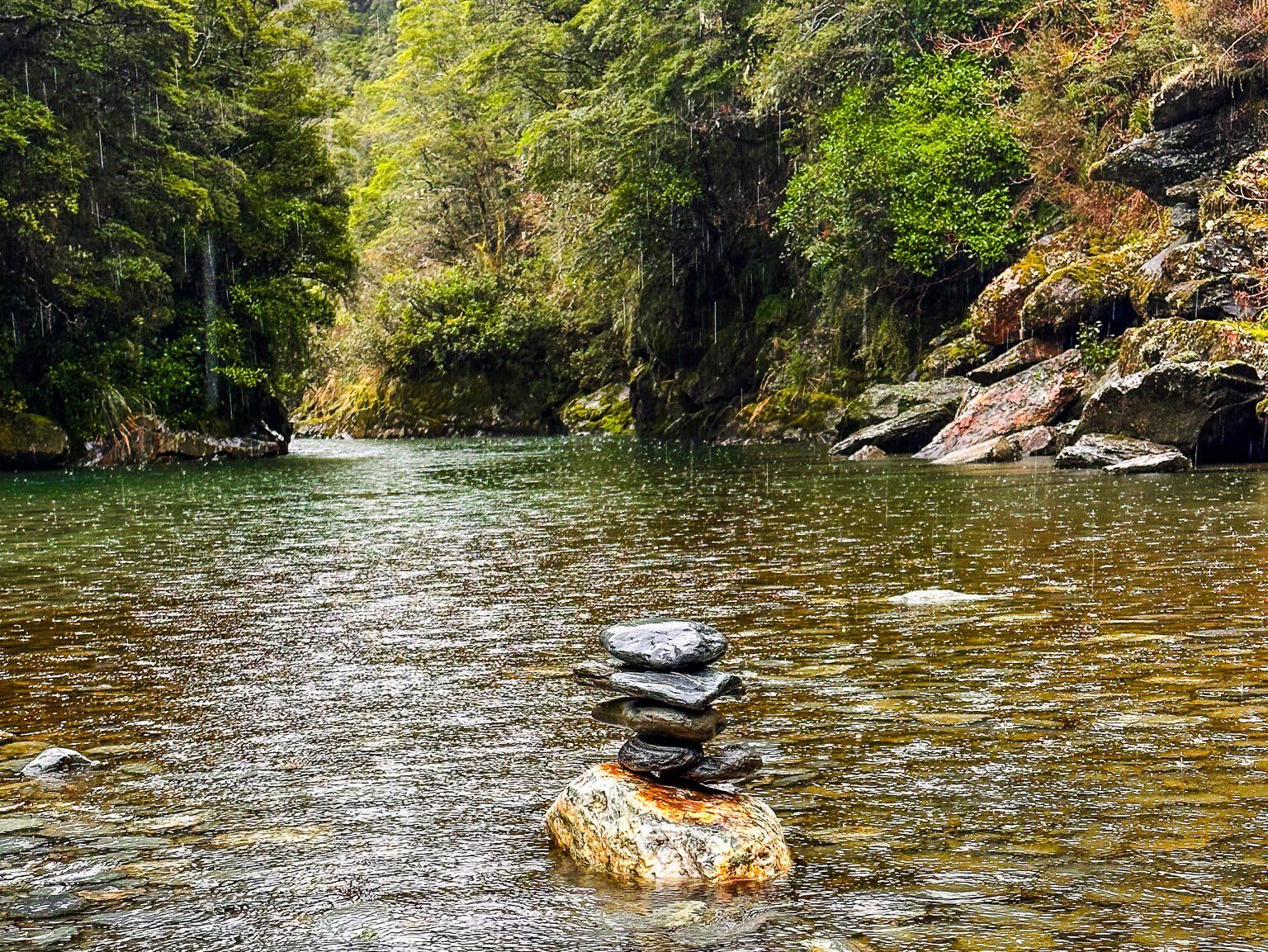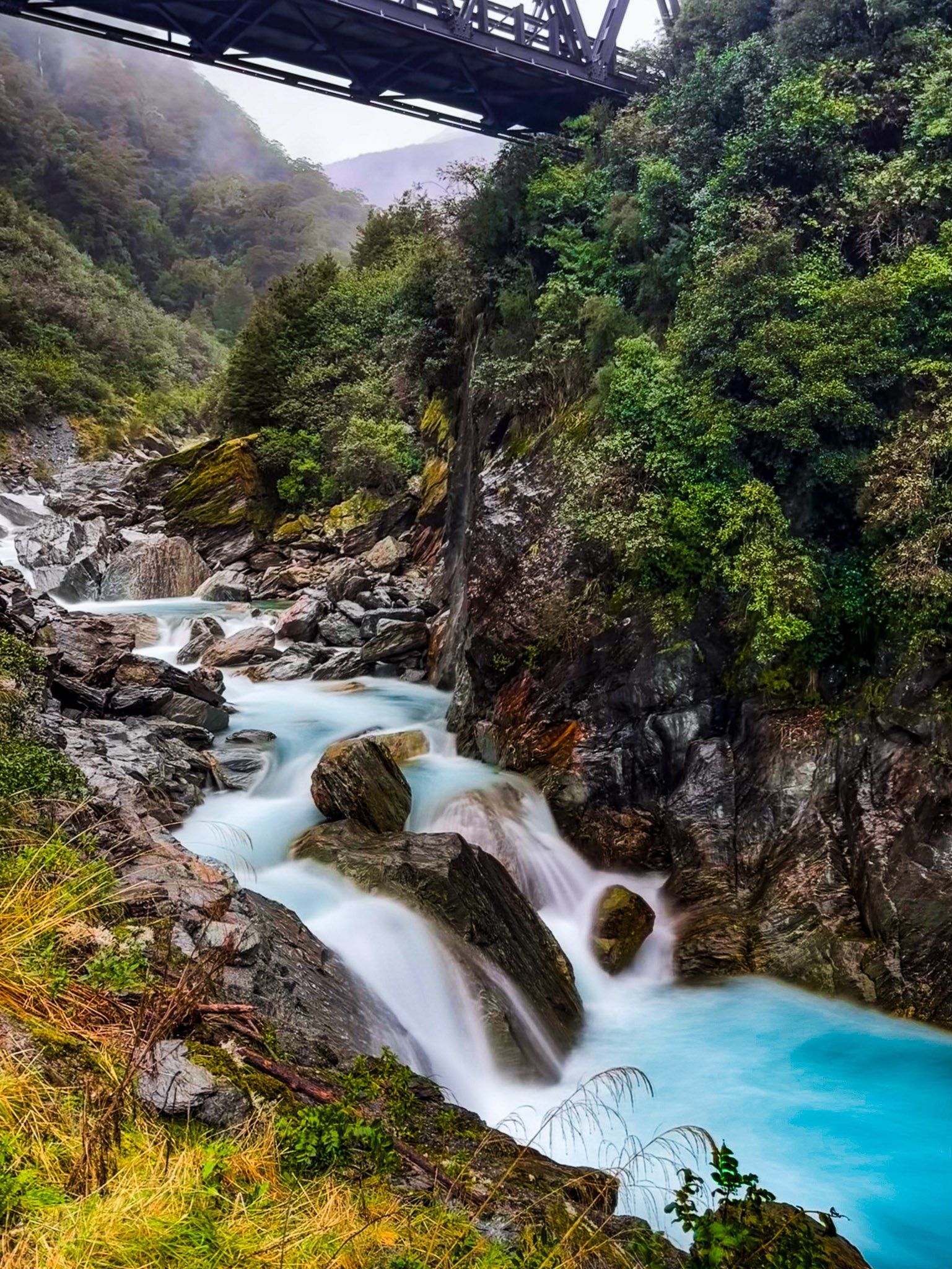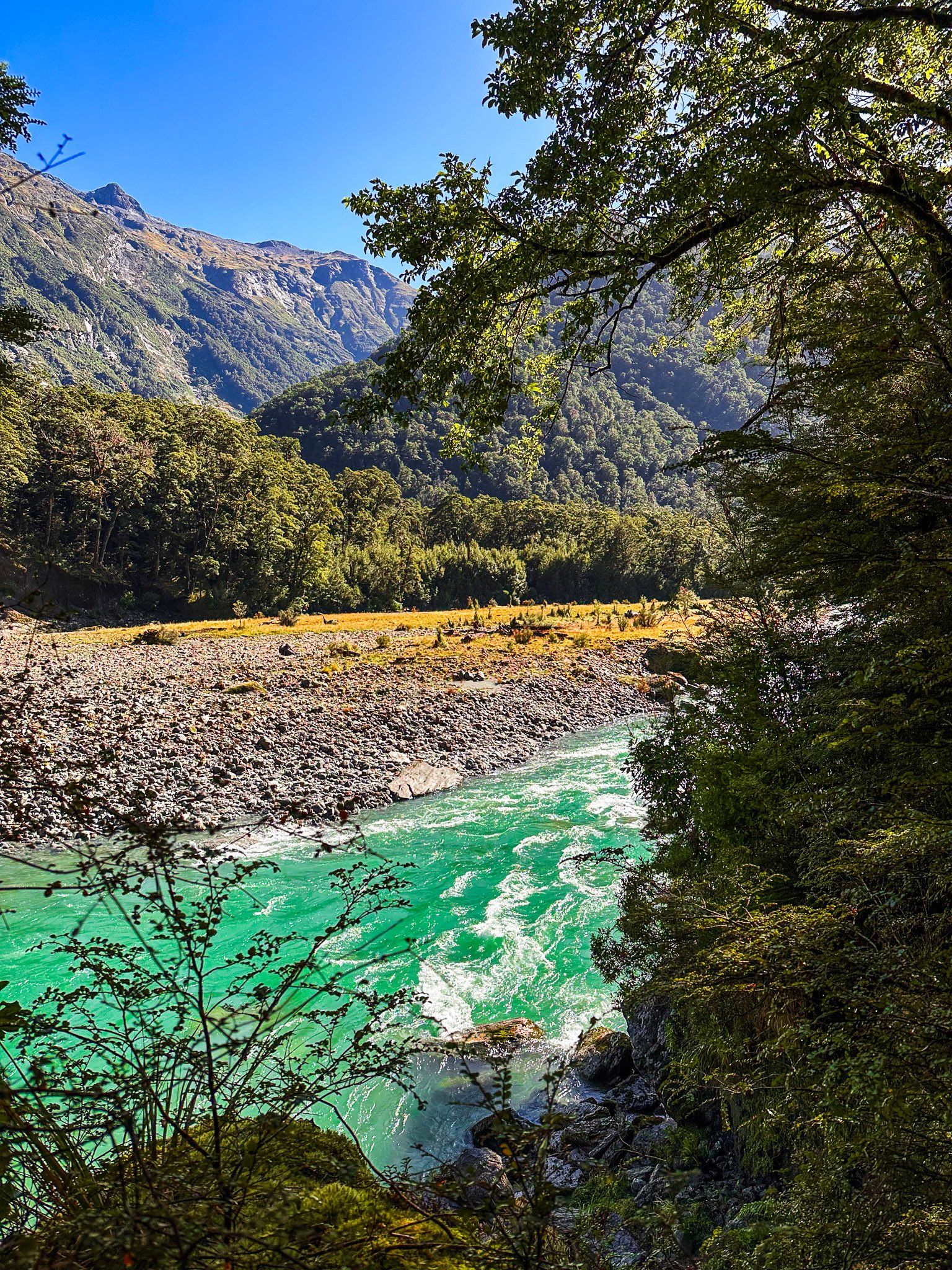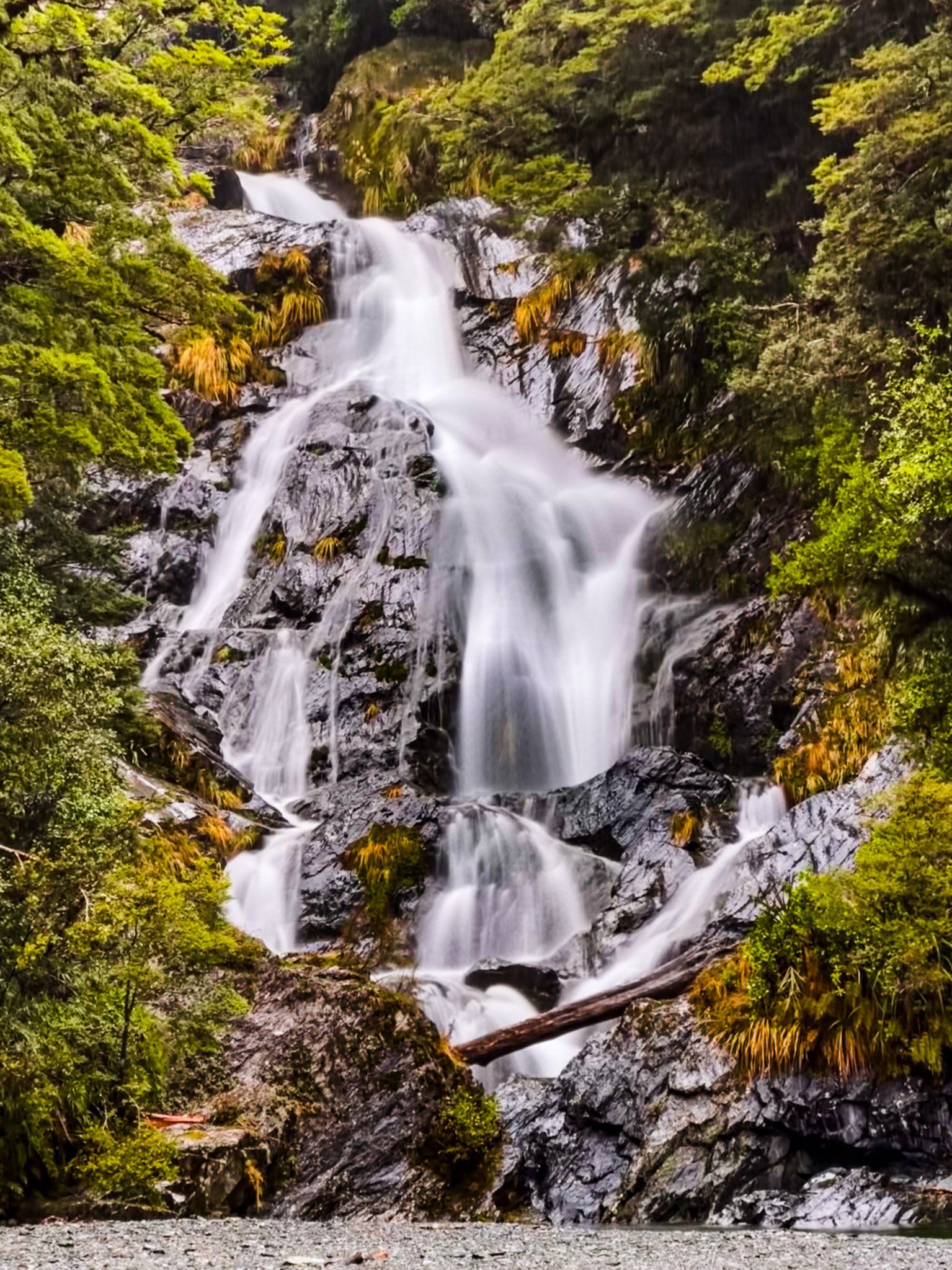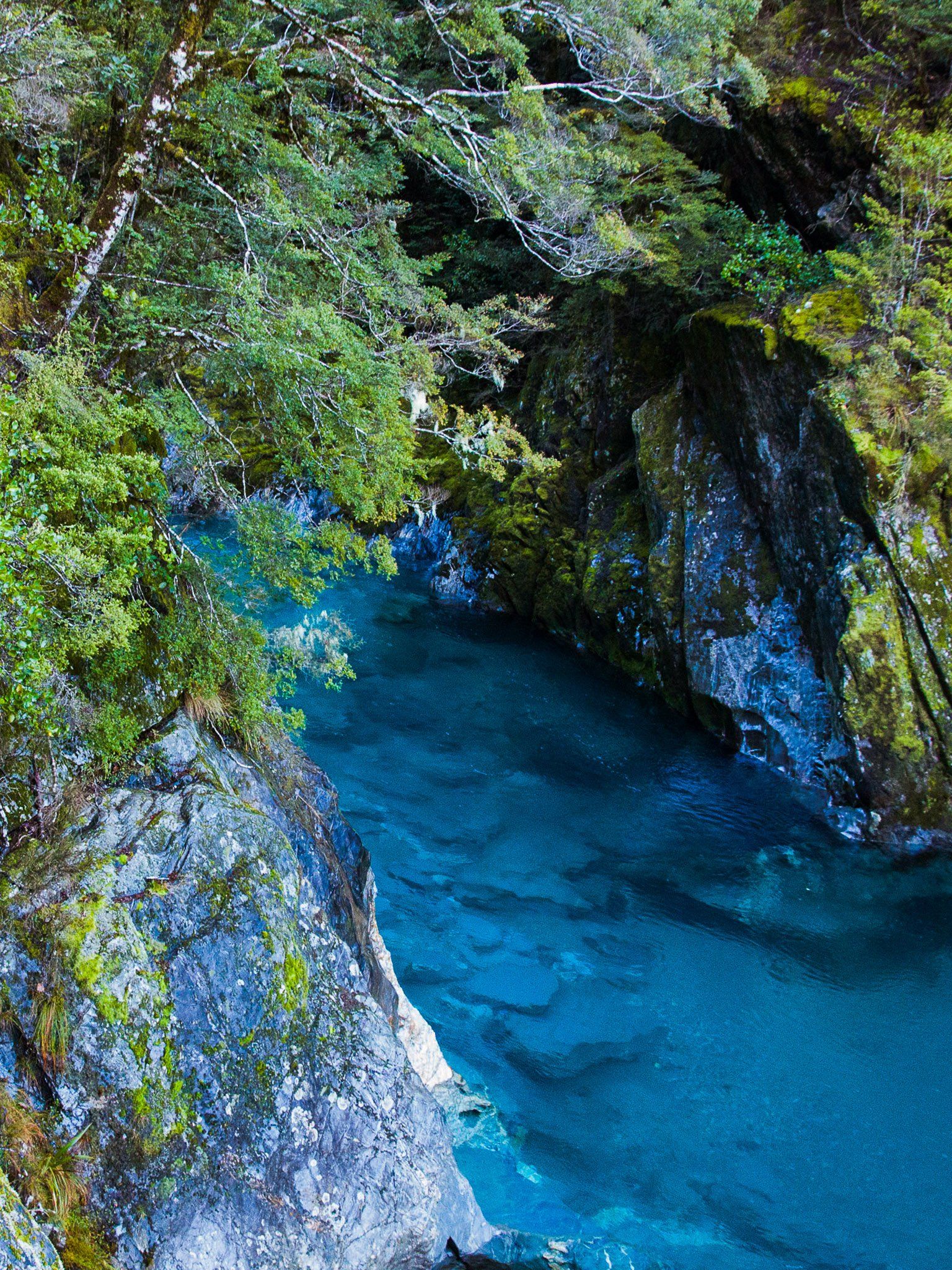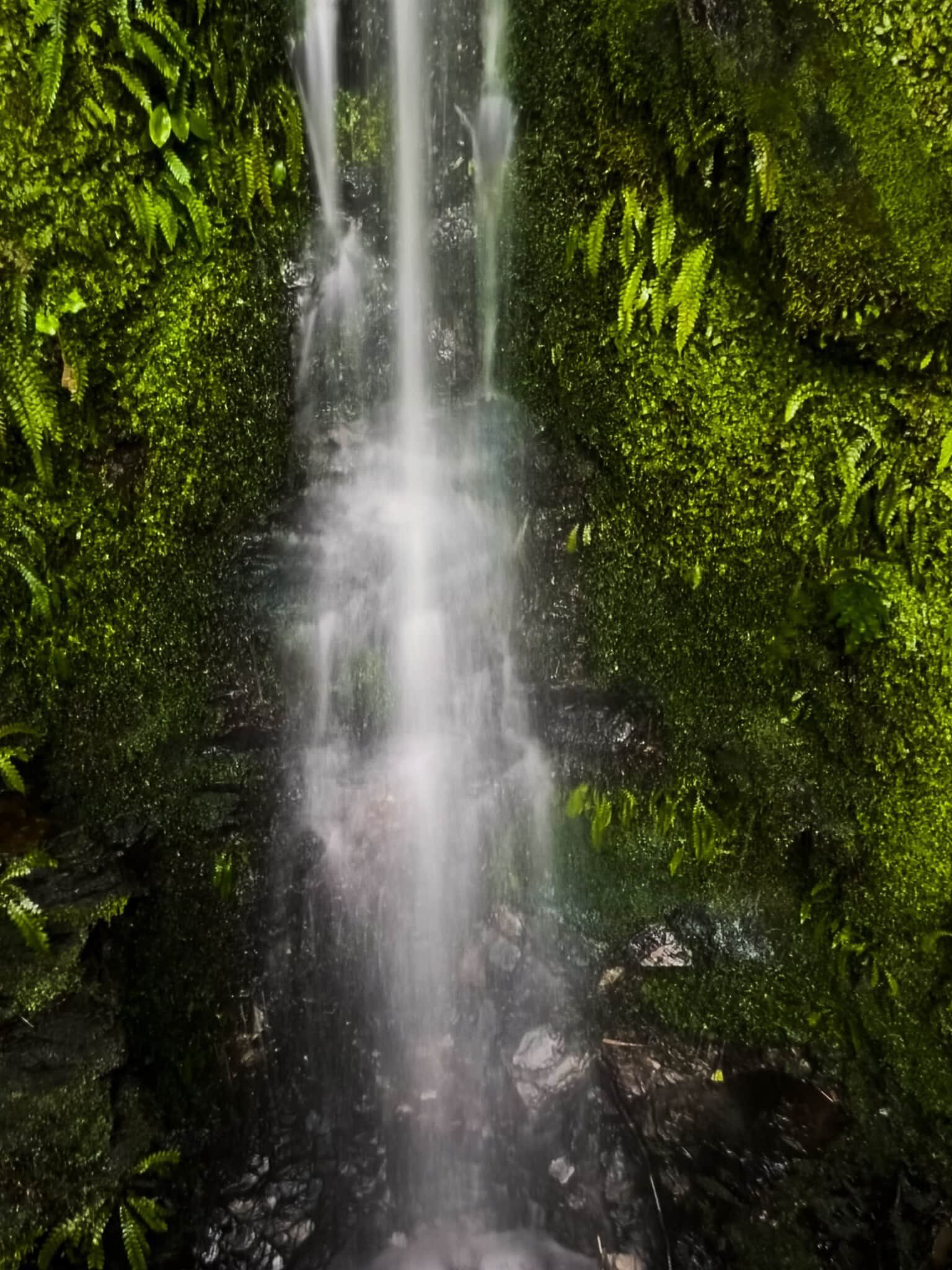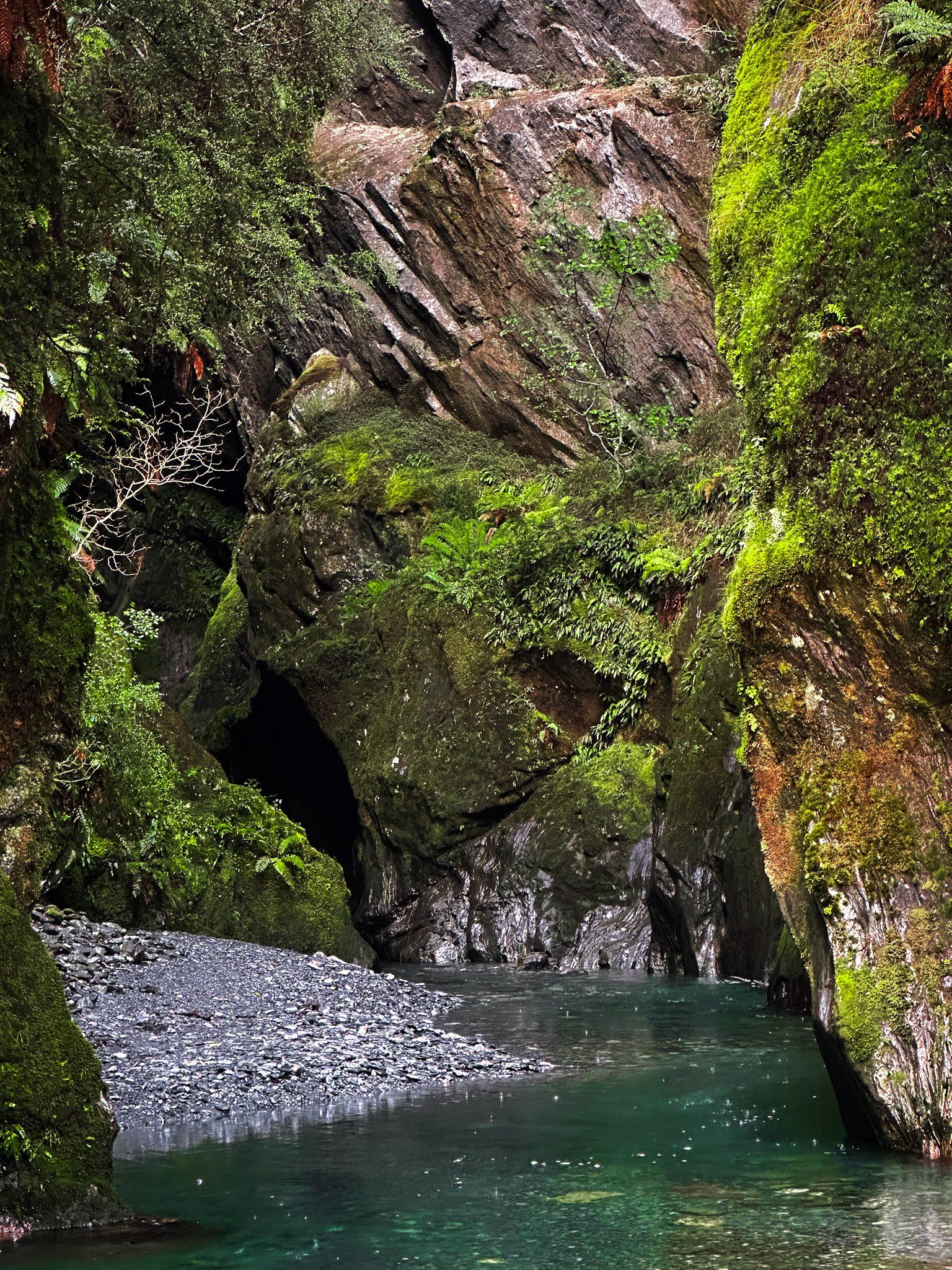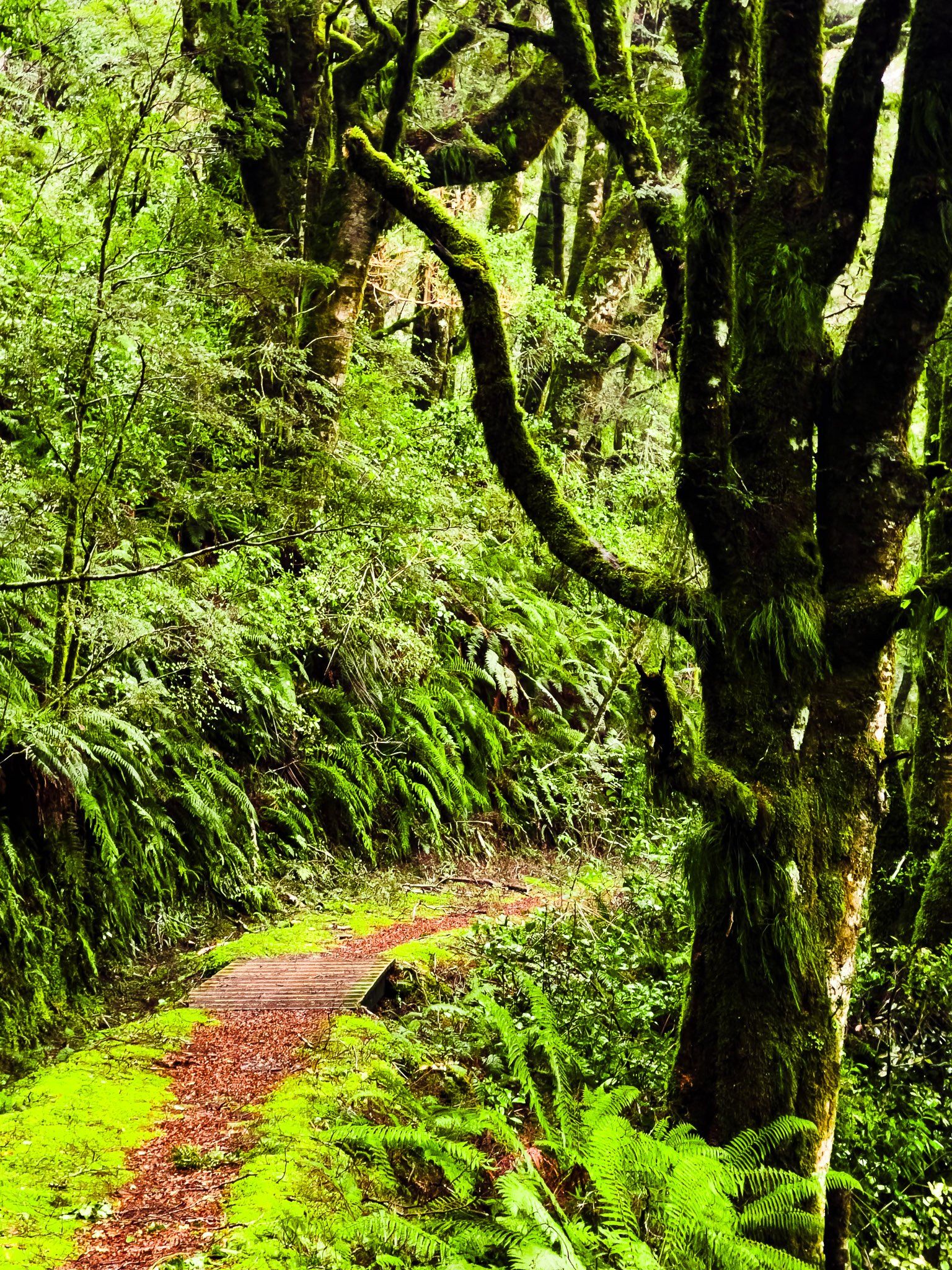At 562 metres, Haast Pass / Tioripatea is the lowest and most southerly of the three mountain passes over the Divide in NZ’s Southern Alps. The Pass is crossed by State Highway 6 (Haast Highway), one of the most scenic roads in Aotearoa. From south to north, the road runs alongside Lake Hāwea, then the northeast side of Lake Wānaka before entering the mostly farmed Makarora River valley. After the hamlet of Makarora, the road enters Mount Aspiring National Park.
Through the national park, you will find beech forests, mountains, tracks, waterfalls, and two rivers. Makarora River flows south from the Divide to Lake Wānaka, and Haast River flows northwest to the coast. Some road sections are along river valley flats, but others run along cliffsides above gorges.
Popular stops include the Blue Pools on the Makarora River, Haast Lookout, the Gates of Haast, Fantail, Thunder Creek and Roaring Billy Falls, and the Bridle Track, a remnant of packhorse days. More adventurous options include the Brewster Track and a jet boat ride on the Makarora River to access tracks on the Young River and Wilkin River tributaries. Obscure but easy options include the stunning canyon on Wilson Creek and Topsy Falls. Expect to get your feet wet!
Haast Pass was long established and used by Māori to transit between the West Coast and Wānaka / Hāwea to access and trade pounamu and food resources. The European name is for Julius von Haast, a prominent explorer of the South Island in the 1800s and the first European to cross the pass. The traditional Māori name of Tioripatea (“the way is clear”) was restored following the Ngāi Tahu Treaty of Waitangi settlement in 1998.
The Pass was initially notorious to Europeans for a crossing by a 100-person war party led by Te Pūoho in 1835/36. They attacked a Ngāi Tahu encampment on the Isthmus between Lake Wānaka and Lake Hāwea, took prisoners, and cannibalised two children. They then marched over the Crown Range to Lake Wakatipu and Southland. There, Ngāi Tahu wiped out the war party and killed Te Pūoho.
By 1880, a packhorse track across Haast Pass was established, and in 1929, the first stage of road development began. But this dragged on for decades until the road over the pass to Haast was finally completed in 1961. The final stage of State Highway 6 between Haast and Paringa was completed in November 1965. A fully sealed surface on the entire route was completed in 1995.
